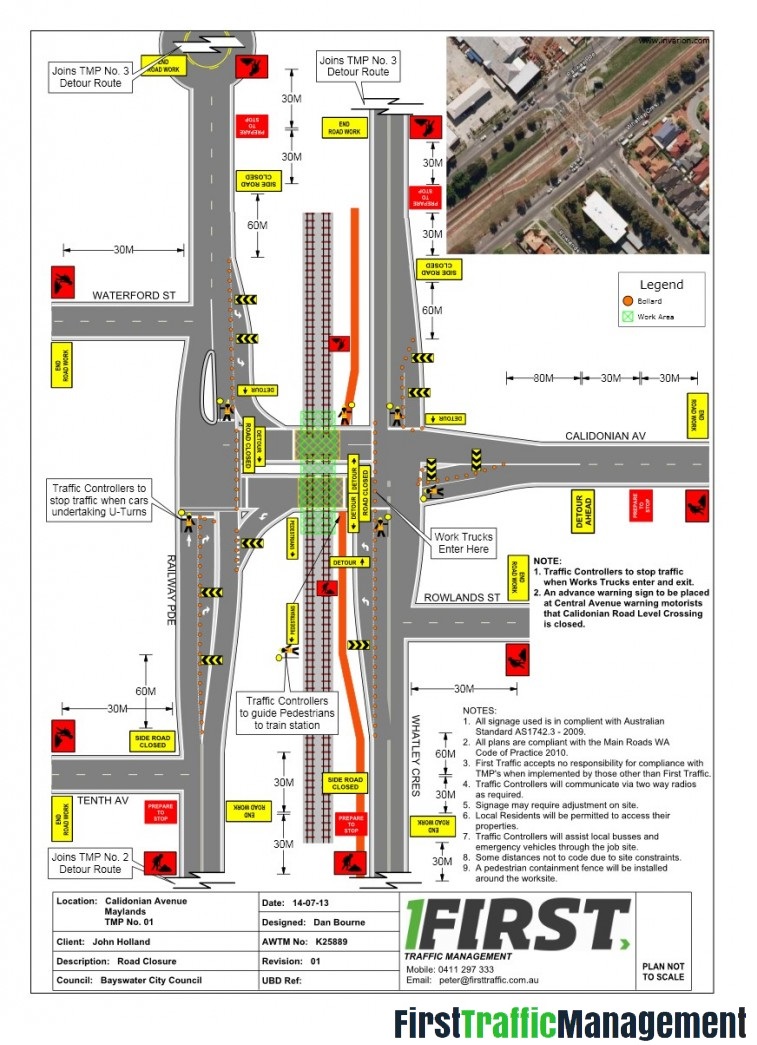A work zone to be explained in short is an area of roadway with construction, maintenance or utility work activity in progress. A work zone is normally marked by signs, channelizing devices, barriers, pavement marking and vehicles. The main purpose of traffic plans for a work zone is to provide a safe work area for the workers within the work zone, at the same time facilitating the safe and orderly flow of all road users. Thus, it will maintain a safe working environment for all workers onsite and the general public.
- Traffic plans
for work zones consists of various traffic control devices, signals and message boards instruct drivers to follow path away from where the work is being done. Here are various devices and signs used for facilitating traffic in a work zone.
- Signs:
Standard signs that are used on the highway to direct drivers are used in work zones. Such signs will assist drivers in identifying the designated traffic paths. Thus, using highway signs for internal construction work zone will assist workers in recognizing the route they are to use at the construction site. Read how Traffic Signals work
- Traffic control devices:
Standard traffic control devices will instruct drivers to follow a safe path away from where the work is being carried out. The authority or person in charge of the whole task can choose from a wide range of devices like cones, barrels, barricades and delineator posts that will be used as part of the traffic control plan. These standard devices should also be used inside the work zone.
- Flagging:
Flaggers and others providing temporary traffic control should wear high visibility clothing with a background of fluorescent orange-red or yellow-green and retroreflective material of orange, yellow, white, silver or yellow-green. In the areas of traffic movement this personal protective equipment will make the worker visible from a distance of at least 1,000 feet so that the worker can be seen from any direction and make the worker stand out from the background. Drivers should be warned in advance with signs that there will be a flagger ahead.
- Lighting:
Flagger stations should be illuminated. Lighting for workers on foot and equipment operators is to be at least 5 foot candles or greater. Where available lighting is not sufficient, flares or chemical lighting should be used. Glare affecting workers and motorists should be controlled or eliminated.
